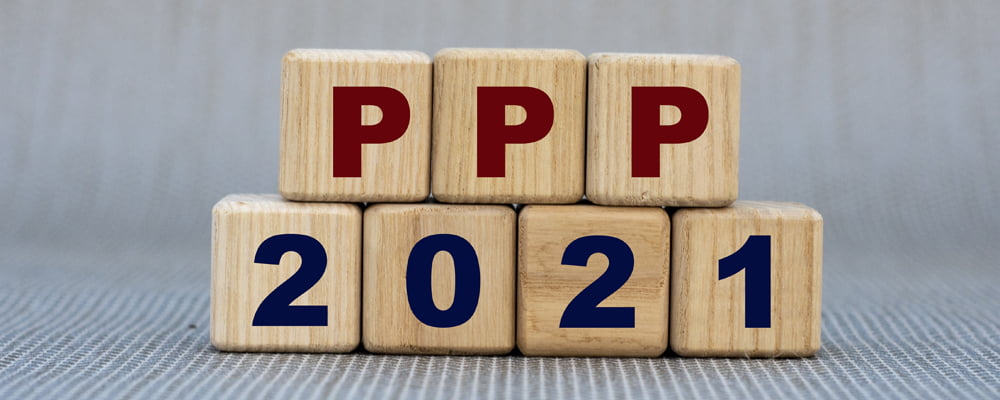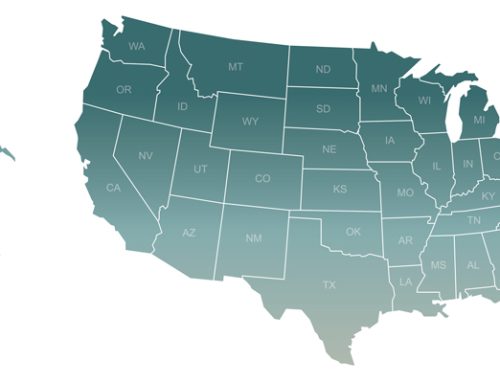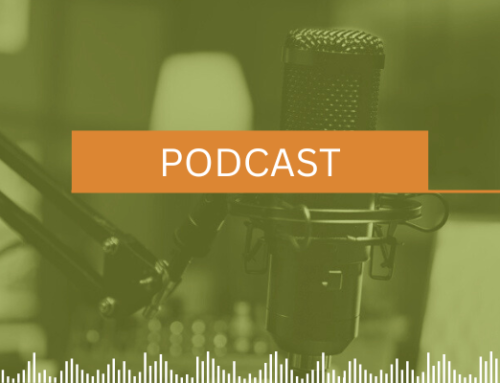The American Rescue Plan Act expanded Paycheck Protection Program (PPP) loan eligibility to certain labor unions and employee benefit plans. Considering the new May 31st deadline for PPP applications, labor unions, and VEBA Trusts have a window of opportunity to utilize forgivable loans, keep staff on the payroll, and get assistance with several other operational expenses.
New PPP Eligibility Rules
Labor unions, VEBA Trusts, and certain other 501(c) organizations became eligible for PPP loans under the American Rescue Plan Act of 2021 (ARPA). To qualify, organizations must meet the following requirements:
- 300 or fewer employees
- ≤15 percent of receipts from lobbying activities
- ≤15 percent of total plan activities are related to lobbying
- $1 million or less in costs due to lobbying activities in the previous year
Though eligibility was expanded to essentially all 501(c) organizations, most retirement plans are still excluded as they are 401(a) organizations and not 501(c) organizations.
With regards to 1st Draw PPP loans, organizations must also certify that “current economic uncertainty makes this loan request necessary to support the ongoing operations of the Applicant.”
PPP Loan Details
First-draw PPP loans are limited to $10 million. Organizations may choose the length of their forgiveness period up to 24 weeks. PPP loans are based on 2.5 times the average monthly payroll costs from 2019 or 2020. (When calculating average monthly payroll costs, organizations should use salary amounts reported on quarterly 941 tax filings and can also include certain contributions made to H&W plans and retirement plans as well as certain state and local income taxes – all items must be paid by the employer and not reimbursed by the employee).
To qualify for full forgiveness, at least 60 percent of the loan must be used on payroll expenses. These include:
- Salary, wages, commissions, or tips up to $100,000 per employee
- Employee benefits, including group health care, retirement, vacation, and other types of leave
- State and local taxes
The other 40 percent of the PPP loan can be used on utilities, rent/mortgage, and mortgage interest. Newly added covered expenses also include personal protective equipment for use in following COVID-19 guidelines; covered property damage and vandalism expenses related to public disturbances in 2020 not otherwise covered by insurance; supplier expenses that are essential to operations; and operating expenses, such as cloud software, product or service delivery costs, payroll expense services, and more.
Thanks to recent changes, the tax-deductibility of certain covered expenses like mortgage interest and utilities has been preserved.
Documents related to PPP loans should be kept for at least three years after the loan is forgiven or the loan is paid in full, whichever occurs first.
Final Thoughts
Though labor unions and VEBA trusts are eligible for PPP loans, many bank systems may not be designed to receive applications from 501(c)5 and 501(c)9 organizations. Even if the systems have been updated and are accepting applications from 501(c)5 and 501(c)9 organizations, many of the answers may be confusing to not-for-profits as the systems were primarily designed with for-profit companies in mind. When in doubt, contact your bank representative for guidance.
VEBA Trusts and related Fund Offices that share employees between related plans will need to make special considerations in what organization applies for a PPP loan and how amounts are allocated to the related plans. Work with your CPA, legal counsel, and bank before calculating payroll costs for the application if this situation applies.
Finally, the PPP deadline is extended until May 31, but funds are expected to run out before then. Apply as soon as possible if funding is needed.
For questions on PPP loan eligibility, application requirements, or forgiveness rules, contact PBMares’ Employee Benefit Plan team.





